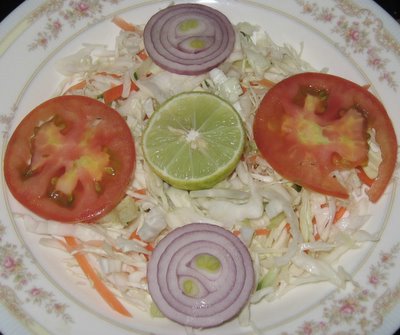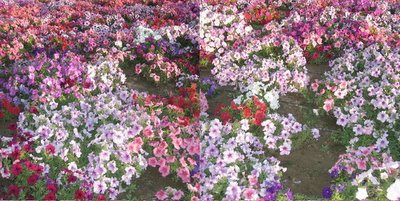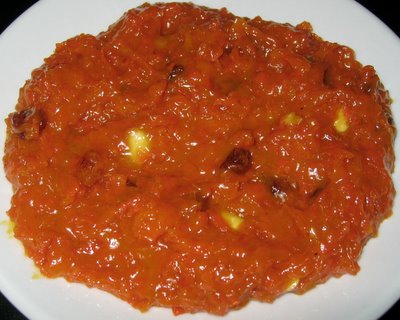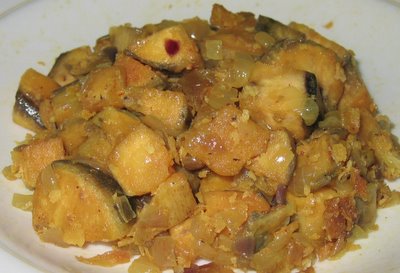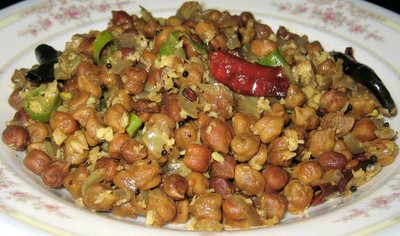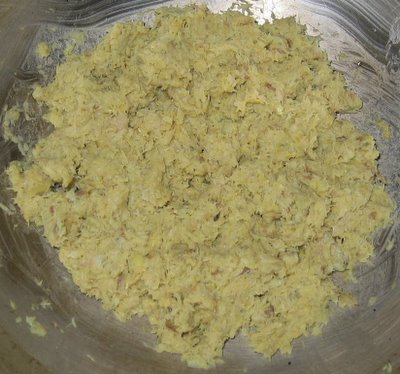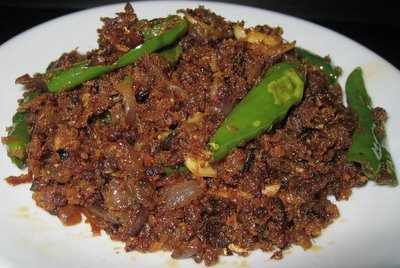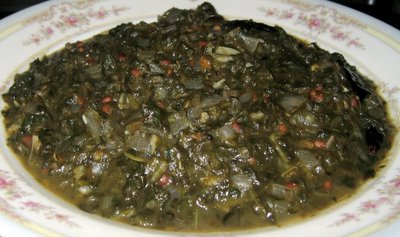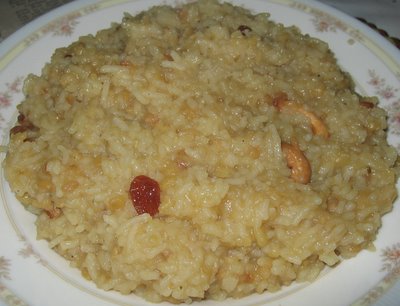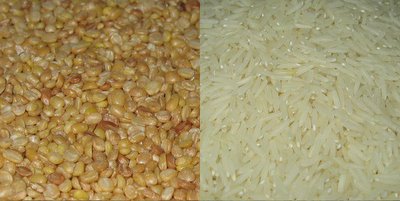It is
My Dhaba's halwa week, day #2 today.
We are presenting to you 3 delicious halwas today; sago halwa, potato halwa, and malai halwa. We would like to thank Mrs. Chitra Viswanathan for sending us her favorite recipe details and pictures of potato halwa and malai halwa and allowing us to get those featured here via
My Dhaba Group. We are sure that today's My Dhaba guests would definitely love these delicious treats.
Just for the beginners, halwas are sweet semi-solid preparations, made with sugar, ghee, nuts, any cereal, vegetable, or dals.
My Dhaba Halwa Week: Day #2: Halwa #1 - Potato Halwa Recipe contributed by Mrs. Chitra Viswanathan
 Potato Halwa recipe Ingredients:
Potato Halwa recipe Ingredients:Potatoes - ½ kg
Unsweetened khoa - 100gms
Sugar - ½ kg (2 ½ cups)
Ghee - ½ cup + 2 tbsp
Cardamom powder - ½ tsp
Almond essence - 2-3 drops (not more)
Saffron - ¼ tsp (warm & powder)
Chopped cashew - to decorate
Method: Boil, peel & mash potatoes . Heat ½ cup ghee, add mashed potato & fry for sometime, till the colour changes & volume of potato shrinks. This is an important step & removes the raw potato taste completely. Add khoa, sugar & remaining ghee. Stir continuously on a high flame, till it solidifies moderately. Add spices & switch off the flame. Add essence & mix very well. Transfer to a shallow vessel in 10 mts & decorate with nuts.
Variation: Mix 1 cup of mashed potato, ½ cup milk,, 100gms unsweetened khoa, 1 ½ cups sugar & cook stirring, adding ghee in between little by little. When it leaves the sides of the vessel add spices & remove. Alternately you can use 200 gms sweetened khoa & 1 cup sugar.
My Dhaba Halwa Week: Day #2: Halwa #2 - Malai Halwa
Recipe contributed by Mrs. Chitra Viswanathan
 Malai Halwa recipe Ingredients:
Malai Halwa recipe Ingredients:Milk, preferably full fat - 1 litre
Sugar - 1 level cup
Beaten curd - 2 tbsp
Top of milk ( malai) - 1 cup
Cardamom powder - 1 tsp
Chopped almonds & pista - 2-3 tbsp, to garnish
Method: Combine first 3 ingredients & cook on a slow heat till milk curdles. Cook till dry, stirring regularly. Add cream gradually stirring till well blended & liguid is absorbed. Add cardamom powder & transfer to a serving bowl & garnish with nuts. Chill & serve.
My Dhaba Halwa Week: Day #2: Halwa #3 - Sago HalwaThis is our creation for today.
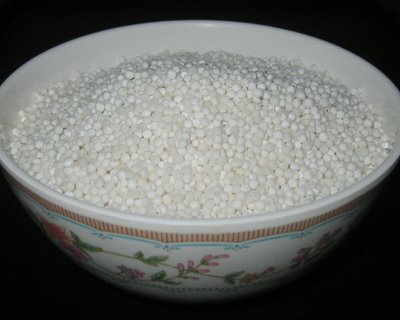
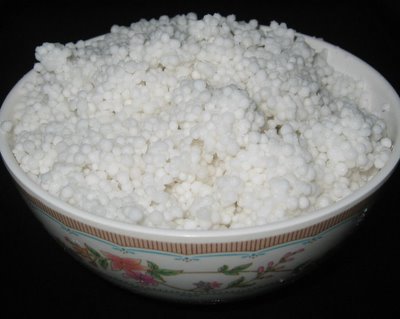 Sago halwa recipe
Sago halwa recipe
 Ingredients:
Ingredients:Sago - 1 cup; cover the sago well with water and soak for 30 minutes
Sugar - 3/4 cup
Ghee - 1/2 cup
Cashew nuts - 10
Pistachios - 5
Raisins - 10
Cardamom powder - 3/4 teaspoon
Method: Make the ghee just hot in a heavy-bottomed vessel or in a nonstick wide-bottomed pan and fry the cashew nuts, pistachios, and raisins in it separately; remove from the ghee and keep aside. Make the same ghee very hot and put in it the soaked sago with its clinging water. Stir well into the ghee, cover and cook till well boiled. Turn over the boiled sago thoroughly and then add the sugar. After the sugar dissolves and blends into the sago, add the fried cashew nuts, pistachios, raisins, and cardamom powder. Remove from the heat and serve hot. Enjoy!
My Dhaba halwa week, day #1 -
Gajar ka halwa aka carrot halwaTraditional Indian Home Cooking Recipe: My Dhaba's halwa week: Sago halwa: Potato halwa: Malai halwa:



 Sago vattals recipe
Sago vattals recipe